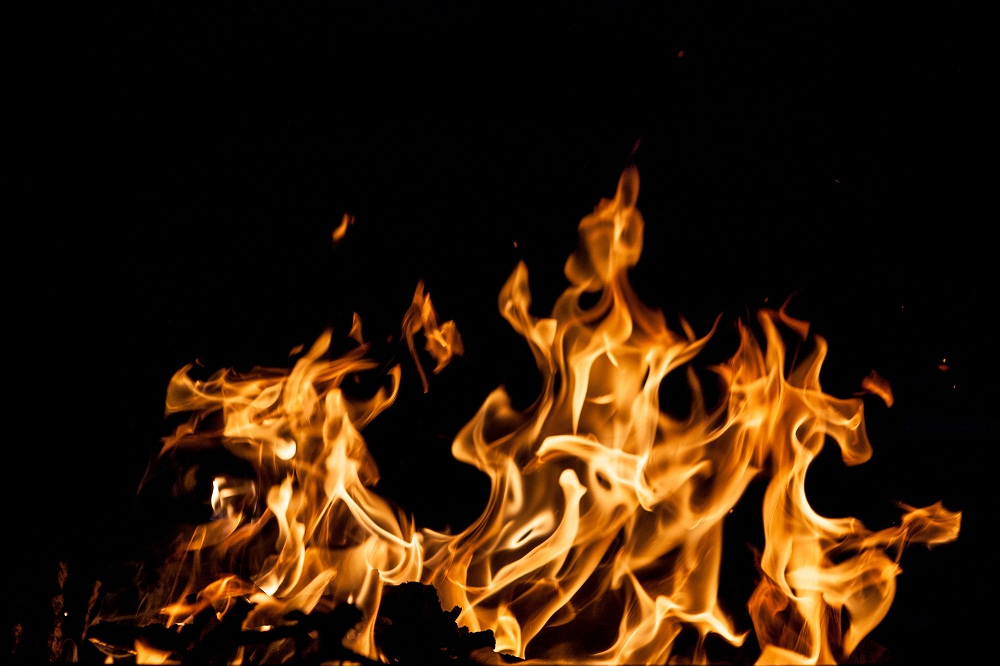Burn injuries are varied in more ways than one. They can be caused by an array of events or accidents, can result in different degrees of damage and pain, and can affect victims’ lives in a variety of ways. No two burn injury cases are the same, but when they’re caused by the negligence of another, they should be handled with the same mindset: to get the victim the care they need and the compensation to properly address that care.
If you or a loved one has suffered a severe burn injury at the hands of another, you may have options for seeking the ongoing care and cost coverage you need to recover from the accident. But you shouldn’t go it alone; arm yourself with the information you need to understand your rights, then hire an experienced burn injury lawyer to help you fight for them.
How do Burn Injuries Happen?
When you think of a burn injury, fire is likely the first culprit to come to mind as the cause. While fires and flames can certainly cause burns, there are actually an array of different sources that can result in burns to the skin, muscle, and more.
A flame burn is when the body comes into direct contact with some type of fire and is burned by it. This can occur in many different ways, such as being caught in a building fire or falling onto or passing too closely to an open flame. Explosions can also result in flame burns, as well as other catastrophic damage.
Steam burns occur when the body comes into contact with vaporized liquid. When steam makes contact with skin, it usually condenses into a liquid and rises in temperature, which can actually make these types of burns more damaging than burns from something like spilled boiling water.
Contact burns occur when someone touches an extremely hot object. These frequently happen in the home with objects like hot stoves or other cookware, curling and straightening irons, or water heaters. They can also happen when metal door handles are exposed to intense sunlight for too long, or with metal radiators and heaters that are turned up to high temperatures.
Chemical burns come from contact with harsh substances like acid, bleach, or chlorine. These types of burns most frequently happen with employees working in an industrial setting, such as car mechanics getting burned by car battery acid, or manufacturing plants that use large quantities of various chemicals.
And finally, electrical burns can be caused by either electrocution or being singed by a burning electrical component, like a metal wire. Touching an active, open electric component with bare skin can cause this type of burn, or more severely, being struck by lightning can also cause burns.
What are the Medical Effects of Burn Injuries?
Burns are generally divided medically into three categories: First-degree, second-degree, and third-degree.
First-degree burns are to the outermost layer of the skin, or the epidermis. Most often after experiencing this kind of burn, the skin will be red, dry, and painful to the touch. There should be no blistering or long-term scarring with a first-degree burn.
Second-degree burns penetrate to the second layer of skin, referred to at the dermis. These burns are often more painful than first-degree burns, and can cause severe blistering, swelling, and long-term scarring.
Third-degree burns are the most severe burns a human can suffer, as both the outer and inner layers of the skin are burned through, reaching all the way to the deepest layer of skin, or the hypodermis. In severe cases, third-degree burn can reach a victim’s muscles, fat, tendons, and sometimes even bones. Ironically, these burns can sometimes be the least painful, because the affected area may have damaged nerve endings. But these burns are almost the most troubling to recover from.
First- and second-degree burns can often be treated with cool water, aloe vera gel, antibiotic cream, gauze coverings, and mild pain medication. If they become infected, they should be treated by a medical professional. Third-degree burns, however, can be life-threatening if not properly treated. They may require skin grafts, or replacement of damaged tissue with healthy tissue. Intravenous fluids may also be necessary to prevent the victim from going into shock or dehydration. Infection is also more likely with such severe wounds, so they need to be closely monitored and redressed often.
The long-term effects of severe burn injuries can be debilitating as well. Aside from the disfiguring scars that can cause both physical and emotional suffering, severe burns can cause permanent muscle, nerve, and organ damage. Treatment for these injuries can be extensive, ongoing, and costly.
What are My Options After Suffering a Burn Injury?
If you’ve suffered a severe burn injury that you believe was caused by the negligence of another, whether intentionally or unintentionally, and it has led to damage, pain, suffering, and monetary losses, you may have the option to file a lawsuit against the responsible party.
One primary example of such negligence includes unsafe work conditions that caused you to suffer a burn, which can often be claimed under workers’ compensation coverage. But burns can arise from many scenarios that may warrant further legal action: car crashes in which the vehicle catches fire; unsafe conditions in a home or store leading to a fire; misplacement of an open flame by someone; chemical spills or leaks by an entity into public areas; misconduct with electrical equipment; and plenty more.
Legally proving that someone else’s actions led to your burn injury, then holding them liable to cover your costs of recovery and more, requires proof of cause and effect. First, proof of the circumstances that led to the burn needs to be gathered. This includes photos of the scene of the accident, witness statements, police reports, and thorough investigation by trained experts of the person, facility, or item in question. Claiming compensation then involves showing the extent of damage caused to the victim. This includes gathering medical records, photo evidence of injuries, letters and statements from doctors and other medical professionals, costs of medical procedures and services, as well as determination of any ongoing or long-term care and effects. Lost wages and other pain and suffering calculations could be relevant in many cases as well.
In the event of suffering severe third-degree burns, it might be close to impossible to try and take on all the above legal action yourself. You may be bed-ridden, unable to move, or even unable to speak in some cases if your lungs are burned. And your loved ones may offer to fight on your behalf, but they’re going to be preoccupied with caring for you, and may not realize the extent of work that needs to be done to build your case. But an expert personal injury lawyer knows exactly what’s needed, and how to achieve it.
The Whisler Law Firm has provided years of quality legal representation to clients undergoing an array of accident and injury scenarios. We understand the severity and sensitivity of burn injuries, and always handle each such case with care and conviction. Burn injuries can be utterly debilitating in many different ways, so our aim is to ease some of your burdens the best way we know how. If you’ve suffered a burn injury, call our office at 833-529-5677 or fill out our online form to schedule a free case consultation with our team.



